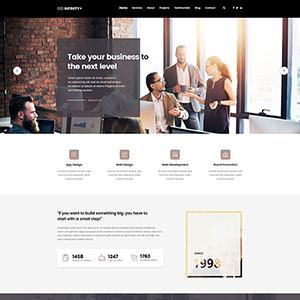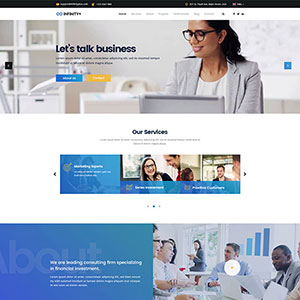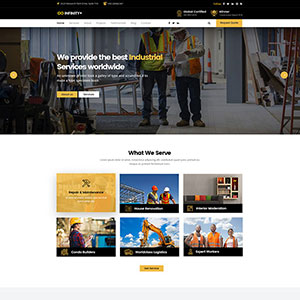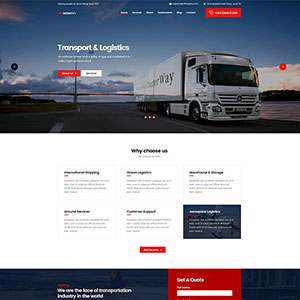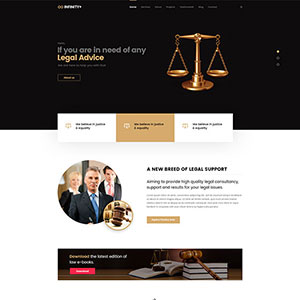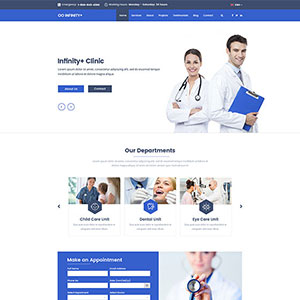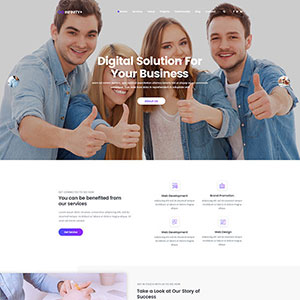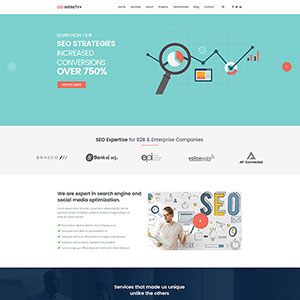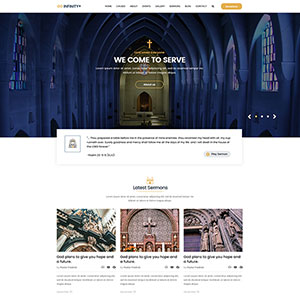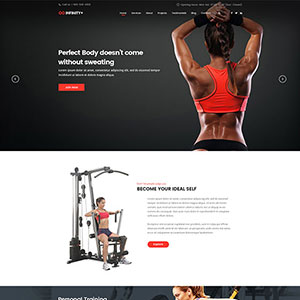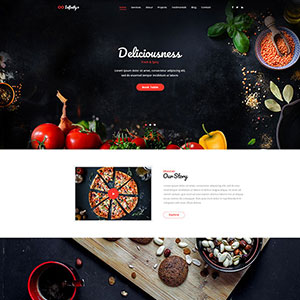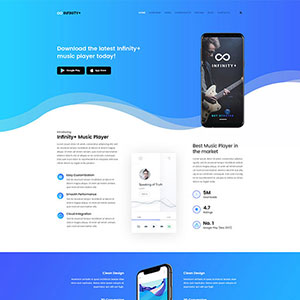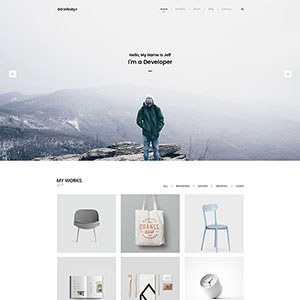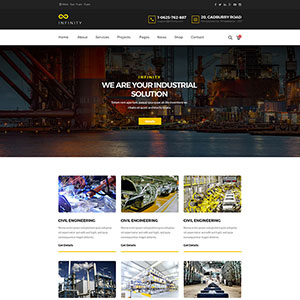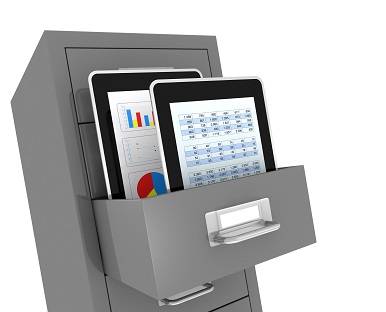
In order to conduct a freight RFP exercise, shippers need to secure historical data on their traffic volumes by type of service (e.g. small parcel, LTL, over the road truckload, intermodal etc.) and freight costs by lane (e.g. origin – destination pair). The data serves two purposes. First, by capturing and sharing shipment activity data, it guides the carriers in creating their bids by helping them understand how the freight will impact their business. Second, the freight cost data serves as a benchmark against which to compare the rates and other carrier data (e.g. transit times) that are received.
To create an accurate data base, the following key elements are required:
a) For small parcel shipments, origin and destination postal codes are essential.
b) Freight costs need to be disaggregated into several key buckets – linehaul, fuel surcharge, other accessorial charges, so the various cost elements can be properly compared.
c) The data base must be a minimum of 3 months to a year to capture any seasonal impacts.
d) For LTL freight, actual and cubed weights (for internal purposes) must be identified.
e) Product descriptions should be included for each block of business so the carriers know the commodities that they are bidding on.
f) The number of pallets or pieces or type of shipping container needs to be included so the carriers understand the type of freight being picked up.
g) Ship date and delivery dates are required for each shipment to benchmark transit times.
h) There should be an indication of the freight that requires temperature control (heat in winter, refrigeration in summer) or if there are dangerous goods that require special handling.
Having a well-organized set of templates will facilitate both the bidding and evaluation processes. Take the time at the beginning of the project to capture complete shipping data. If your company doesn’t have a TMS (Transportation Management) system, create the necessary spreadsheets from other sources (e.g. carrier invoices, accounting files) that are available within the company or from the carriers. Keep in mind that if you take short cuts in this phase of the project, you will limit the overall value of the RFP.
To stay up to date on Best Practices in Freight Management, follow me on Twitter @DanGoodwill, join the Freight Management Best Practices group on LinkedIn and subscribe to Dan’s Transportation Newspaper (http://paper.li/DanGoodwill/1342211466).


